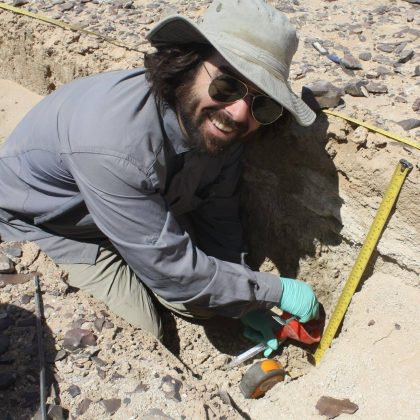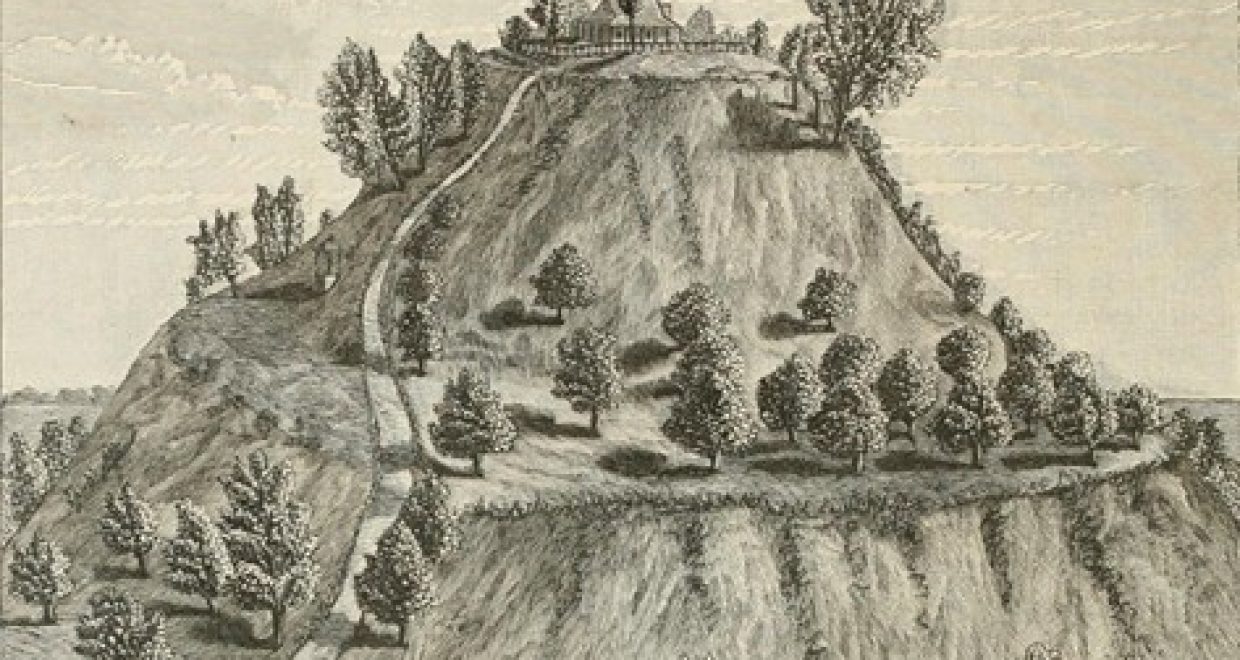Looking Beyond Cahokia’s Famous Population Decline
Cahokia, the massive Mississippian community outside of St. Louis, Missouri, is perhaps best known for its many monumental mounds and its population history, which traditionally ends in abandonment at A.D. 1400. Our study demonstrates that the Mississippian abandonment was not the end of a Native American presence in the region; within a century, an upswing in local population began that reached a peak in the mid-1600s. The population increase coincides with ecological changes as grasses became more prevalent, creating a habitat suitable for bison hunting and suggesting indigenous groups, such as the Illinois Confederation, occupied the area.

Because the post-Mississippian population increase happened before the arrival of Europeans to the American Bottom, we can be sure that the re-population of the Cahokia region is attributable to Native American groups. This is important due to the emphasis that writers have placed on Cahokia’s Mississippian decline, leaving many readers with a feeling of finality to the Native American presence in the area. Instead, there are centuries of an indigenous occupation of the land surrounding Cahokia, which are part of a complex history of migrations, warfare, and cultural and environmental changes.
Most importantly, the story of a Native American presence in the Cahokia region is not over. One only needs to look to the interaction and involvement of modern tribes with the site and state government to see a story of indigenous persistence and continuity over decline and disappearance.
The full article in American Antiquity, After Cahokia: Indigenous Repopulation and Depopulation of the Horseshoe Lake Watershed AD 1400–1900, is now published. Enjoy free access, now through 12 February 2020.






